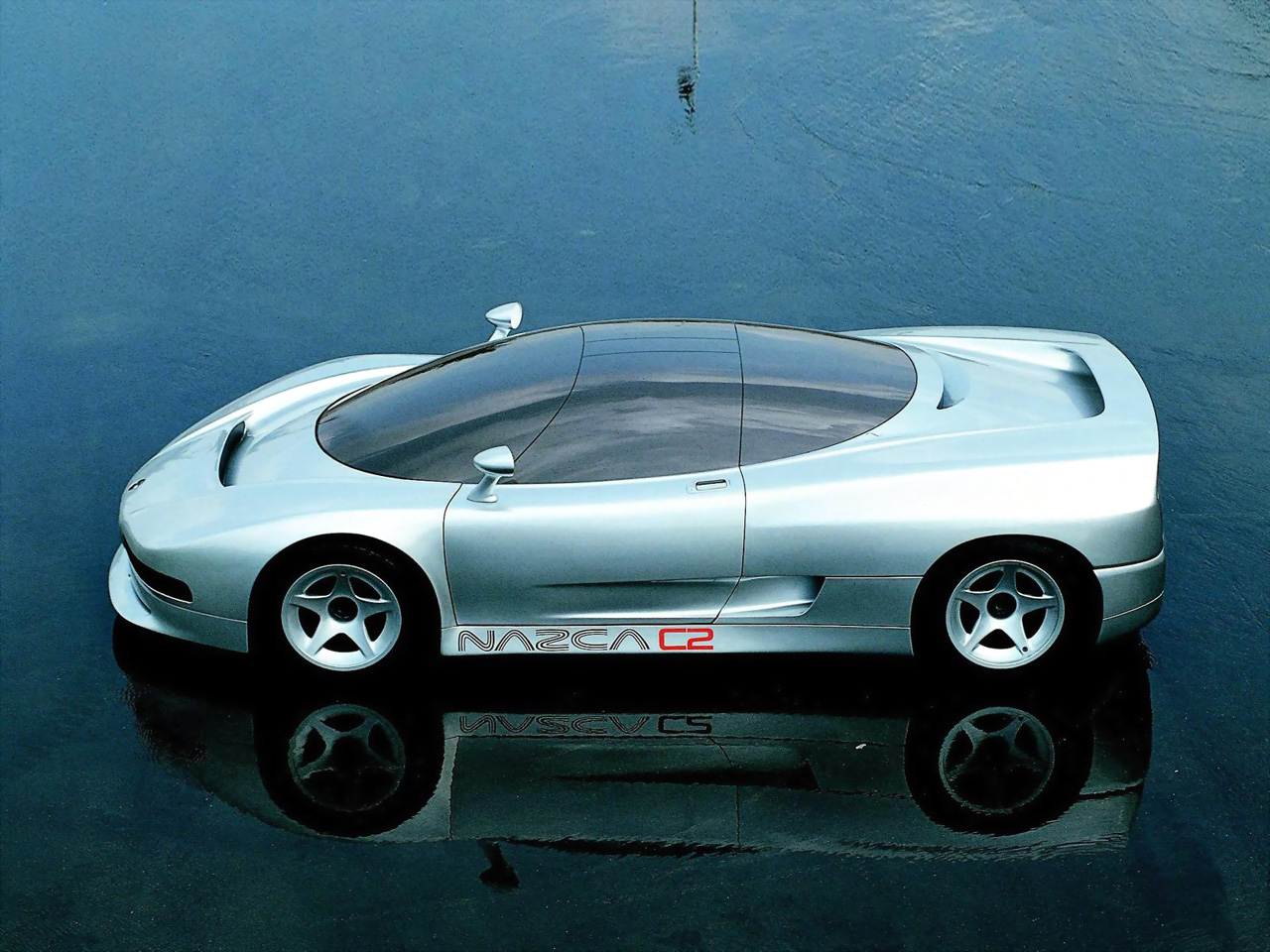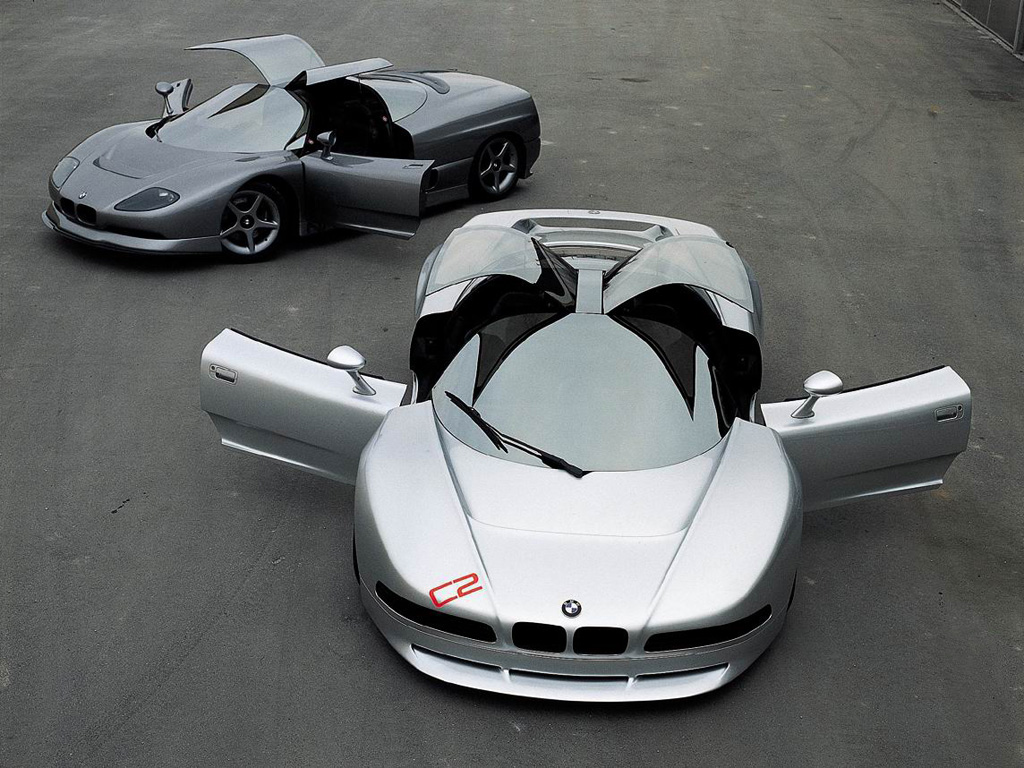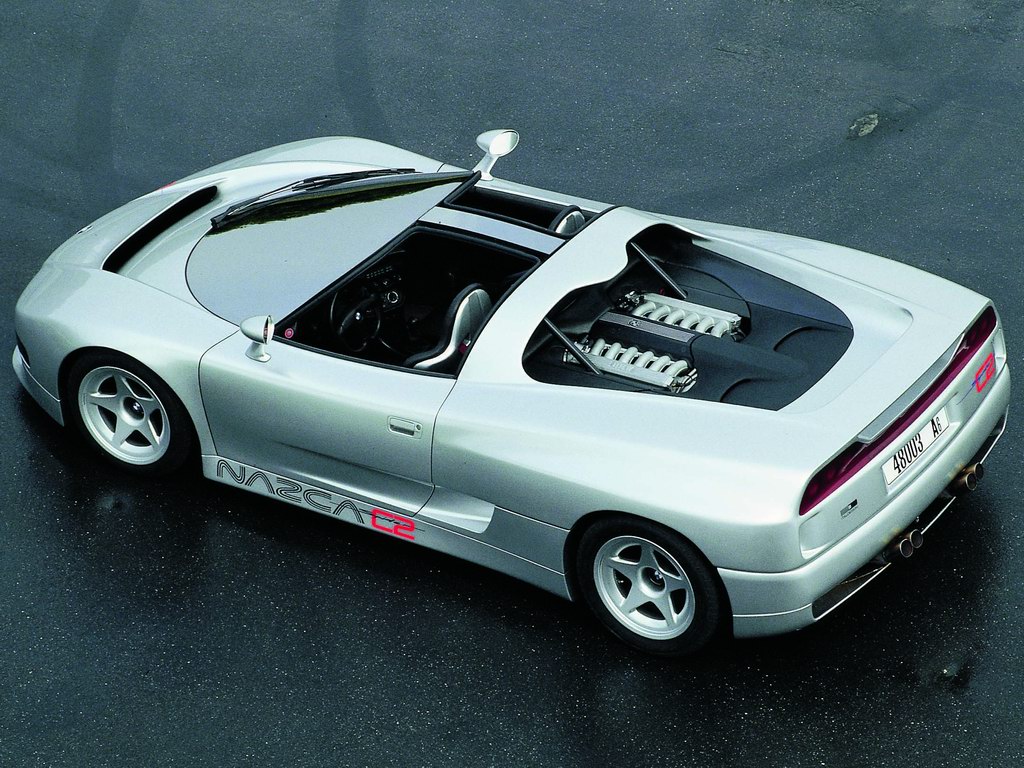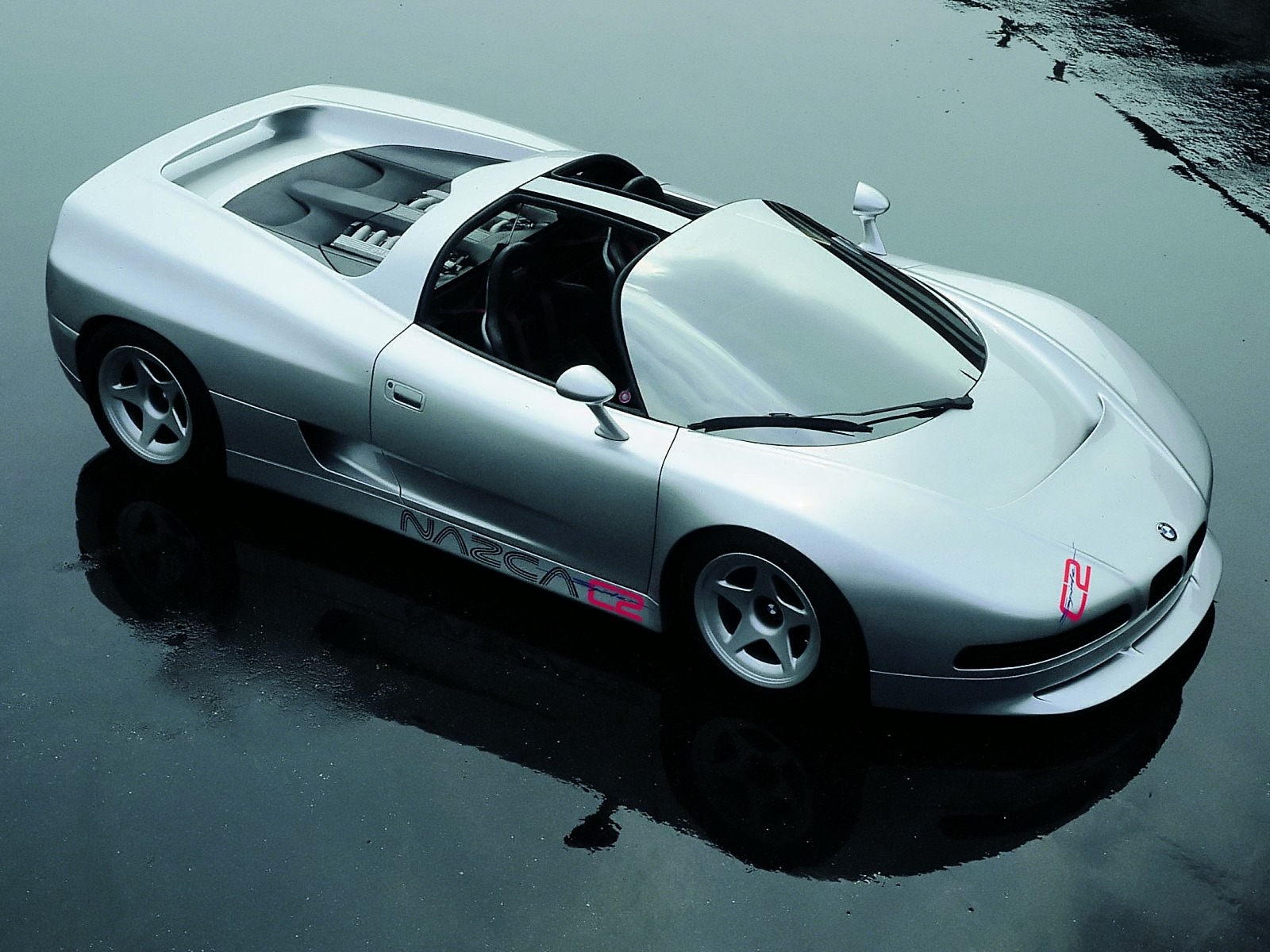Photo credit: BMW, Wheelsage
To beat the competition, the designers and technicians of large manufacturers must be kept on their toes and at peak performance. Especially with prestigious brands, such as BMW, who create a sort of virtual gym where prototypes and concepts are developed that on rare occasions actually make it to the market but nevertheless serve as a unique way to look towards the future. A great example of this methodology can be seen in the three versions of the BMW Nazca that saw the light of day between 1991 and 1993.
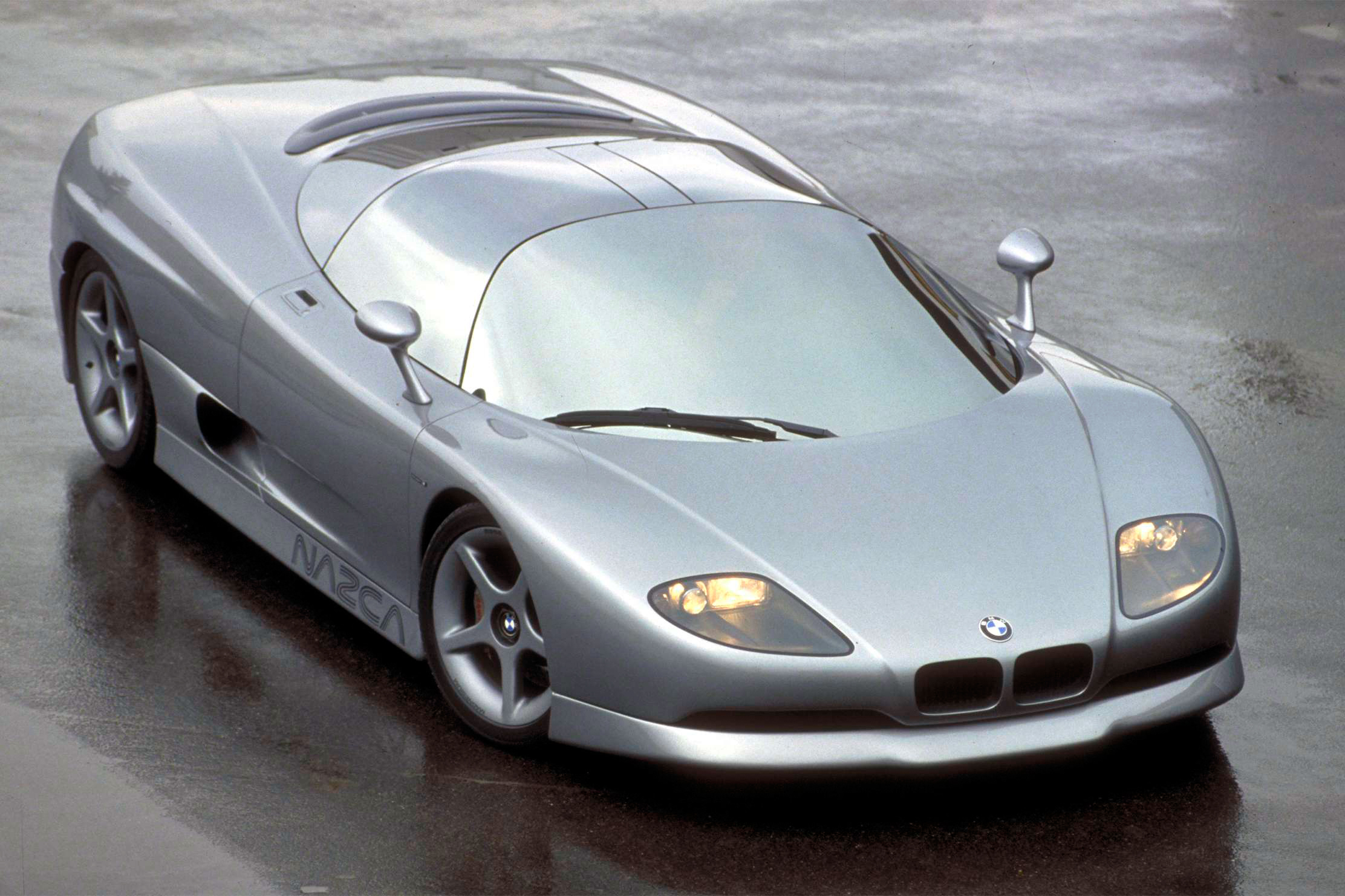
In this case, the challenge was taken on by an external designer, Italdesign, in the years when control of the company had passed from the founder Giorgetto Giugiaro to his son Fabrizio. Faced with the theme of designing a super sports car powered by a 12-cylinder engine, it would have been difficult to forget the charm of the M1 from the 80s, created to compete in the Pro Car Championships and driven by F1 drivers during the Grand Prix races. Giugiaro had already developed similar models using Oldsmobile and Bugatti mechanics, something that proved very useful in the conception of the first Nazca, the M12, which was presented in Geneva in 1991. Its engine was the same one used in the 750i and 850i at the time, a 5-litre V12 producing 300hp.
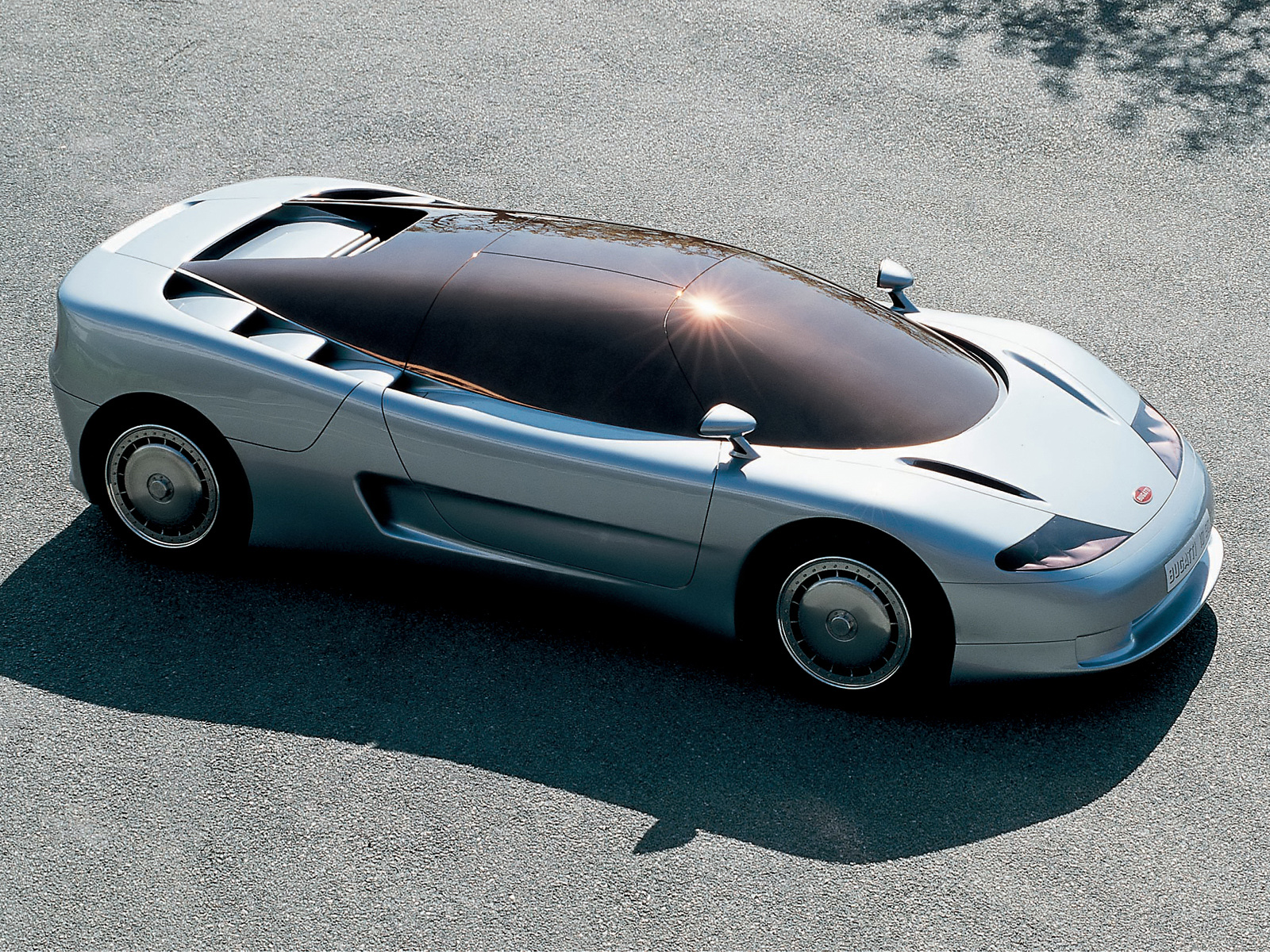
The very fluid and aerodynamic lines were received very favourably, so much so that a second version was created, baptized the C2, with a slightly lightened rear end. With the same engine modified by Alpina to produce 350hp, the C2 featured an elegant integrated rear wing obtained by opening up the previously enclosed upper section of the tail fascia between the lights. Everything seemed ready or production, to the point that the C2 Spider appeared at the Monaco Grand Prix. Among the novelties introduced with the C2 were the visible rear engine and the clever removable side and rear windows that were stored in the very generous luggage compartment, converting the C2 into an open-topped spider.
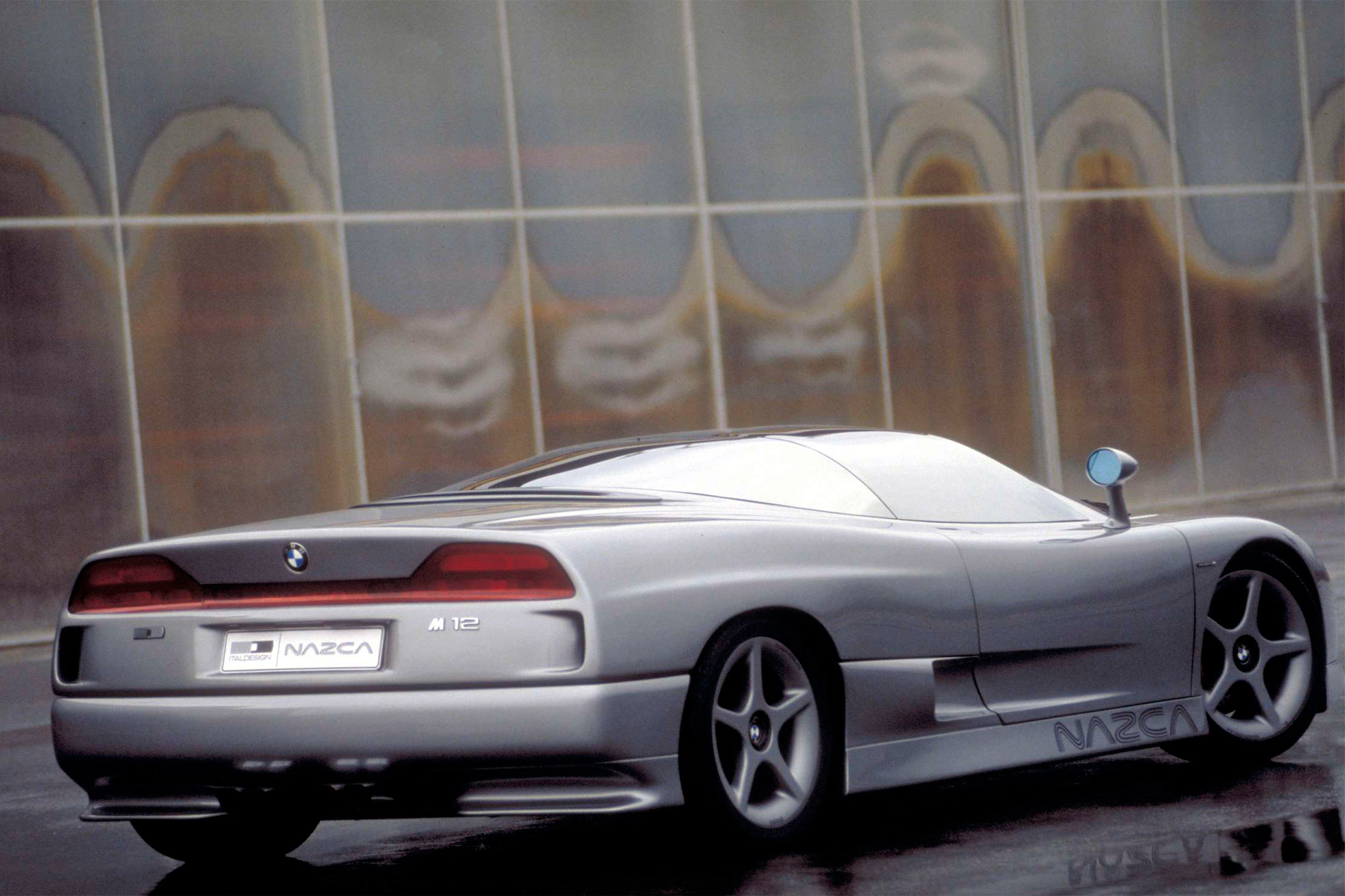
Ready to receive the orders? Nothing! Only 3 made-to-order examples of the C2 were ever produced. Back in Munich, they decided that this beautiful training session for the technicians – in the latest version, the engine had been increased to 5,600cc and produced 380hp – and the designers had reached the end of its road. Too bad. Thanks anyway, Giugiaro, for the stimulus.
